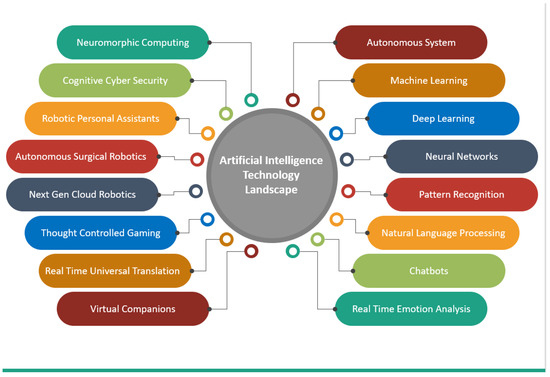Implications of Data Classification for MIS

Data classification has several implications for Management Information Systems (MIS):
Data Protection and Security: Data classification helps identify the sensitivity level of data within MIS, enabling organizations to apply appropriate security controls and protection measures. By categorizing data based on its sensitivity (e.g., public, internal, confidential, or restricted), MIS can implement access controls, encryption, and other security measures to safeguard sensitive information from unauthorized access, disclosure, or misuse.
Compliance Requirements: Data classification helps organizations comply with regulatory requirements and industry standards governing the protection and management of sensitive data. Many regulations, such as GDPR, HIPAA, PCI-DSS, and others, require organizations to classify data according to its sensitivity level and apply corresponding security controls. MIS ensure compliance with these regulations by implementing data classification policies and procedures.
Risk Management: Data classification supports risk management efforts by identifying high-risk data assets and prioritizing security measures accordingly. By categorizing data based on its value, sensitivity, and potential impact on the organization, MIS can allocate resources more effectively to protect critical data assets and mitigate security risks.
Data Governance: Data classification is integral to data governance initiatives within organizations. It helps establish clear guidelines and standards for data management, access controls, retention policies, and data lifecycle management. MIS enforce data governance policies by classifying data according to organizational policies and ensuring adherence to data handling procedures.
Data Lifecycle Management: Data classification facilitates effective data lifecycle management by identifying data retention requirements, archival policies, and disposal procedures based on data classification categories. MIS implement data retention schedules and data disposal practices aligned with data classification criteria to ensure that data is managed consistently throughout its lifecycle.
Access Control and User Permissions: Data classification enables MIS to implement granular access controls and user permissions based on data sensitivity levels. By classifying data into different categories (e.g., public, internal, confidential), MIS can define access rights and permissions for users, ensuring that only authorized individuals have access to sensitive information.
Data Sharing and Collaboration: Data classification facilitates secure data sharing and collaboration within and outside the organization. By classifying data according to its sharing requirements (e.g., internal use only, restricted access), MIS enable controlled sharing of data with trusted parties while maintaining confidentiality and privacy.
Data Analytics and Insights: Data classification supports data analytics and insights generation by identifying relevant data sources and prioritizing data analysis efforts. By categorizing data based on its relevance and importance to business objectives, MIS ensure that data analytics initiatives focus on extracting actionable insights from high-value data assets.
Training and Awareness: Data classification promotes user awareness and training on data handling best practices, security protocols, and compliance requirements. MIS provide training programs and awareness campaigns to educate users about data classification principles, their roles and responsibilities in safeguarding sensitive information, and the importance of data protection measures.
Overall, data classification is essential for MIS to effectively manage, protect, and govern data assets, ensuring compliance with regulatory requirements, minimizing security risks, and maximizing the value of data for organizational decision-making and strategic initiatives.
Thank you,